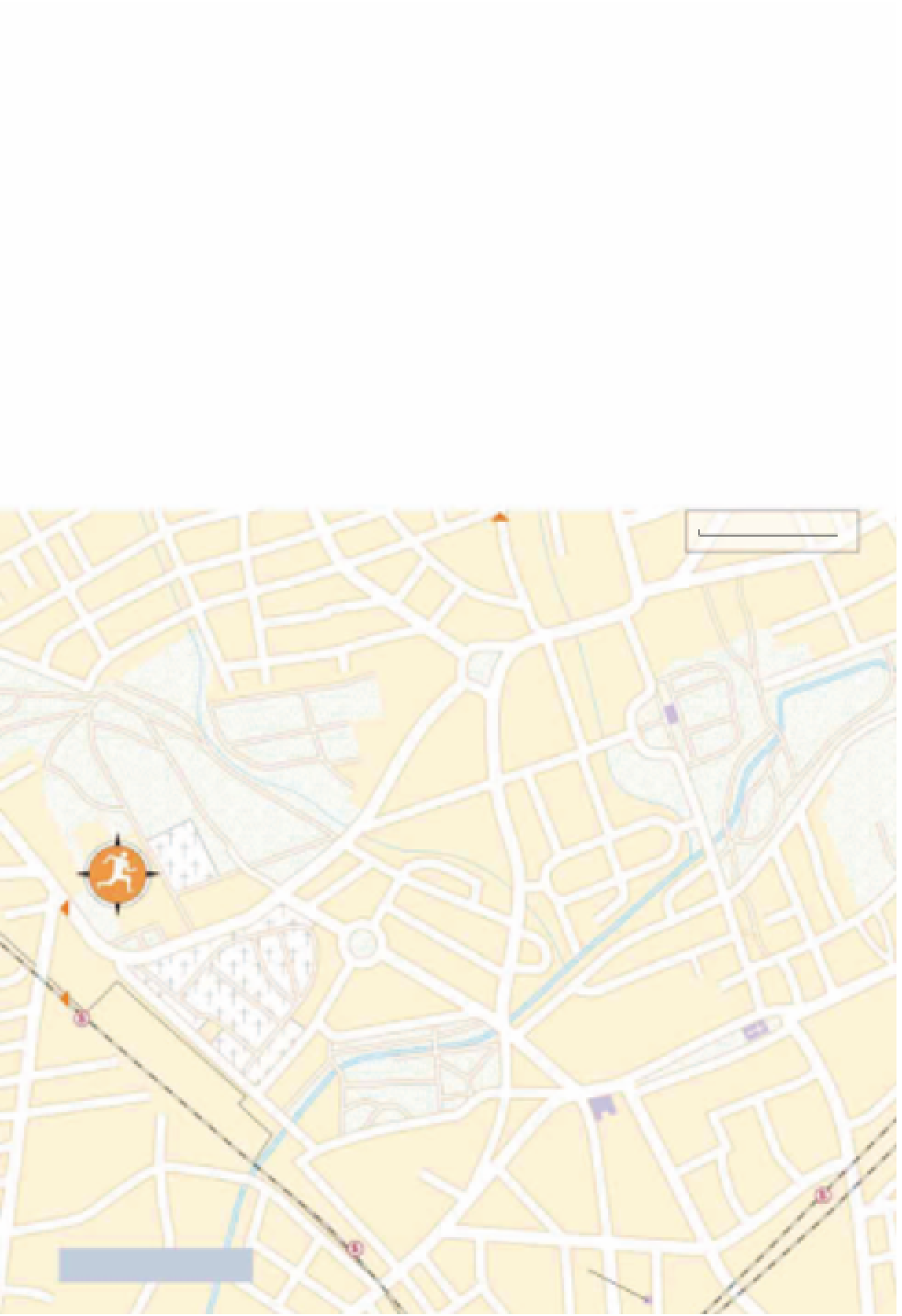Travel Reference
In-Depth Information
them have a somewhat alternative slant and there's almost always something - cultural,
political or just entertaining - going on (see p.214). he southern gateway leaves the
complex on Sredzkistrasse, near the bustle of Schönhauser Allee.
Crossing the main road here leads to
Oderberger Strasse
and
Kastanienalle
,
both of
which have some of the best
cafés
,
bars
and
restaurants
in eastern Berlin. You'll see
some buildings whose facades have not been touched since the
Wende
, scarred with
bullet and shell marks inflicted during the Battle of Berlin.
Pankow
From Prenzlauer Berg,
Schönhauser Allee leads north to the district of
Pankow,
which
during the GDR days was always much more than just another East Berlin suburb.
For years its villas and well-maintained flats were home mainly to members of the
upper reaches of East Berlin society: state-approved artists and writers, scientists, East
Berlin resident diplomats and the
Parteibonzen
(party bigwigs) of the old regime. Up
until the 1960s the area was perceived in the West as being the real centre of power
in the old GDR: Schloss Niederschönhausen, an eighteenth-century palace on the
edge of the
Bezirk
(district), was the o
cial residence of the GDR's first president,
Wilhelm Pieck, and later of SED General Secretary Walter Ulbricht, the man who
took the decision to build the Wall. he name of the suburb was also appropriated by
Maria Magdalenenkirche
0
250
metres
OSSIETZKY
PLATZ
PASTOR
NIEMÖLLER
PLATZ
Schloss
Schönhausen
Volkspark
Schlosspark
Schönholzer
Heide
N
HEINRICH
MANN
PLATZ
Schönholz
Alte Pfarrkirche
Bürger Park
Rathaus
Pankow
Wollankstr.
PANKOW
Museum Pankow
on Heynstrasse
































